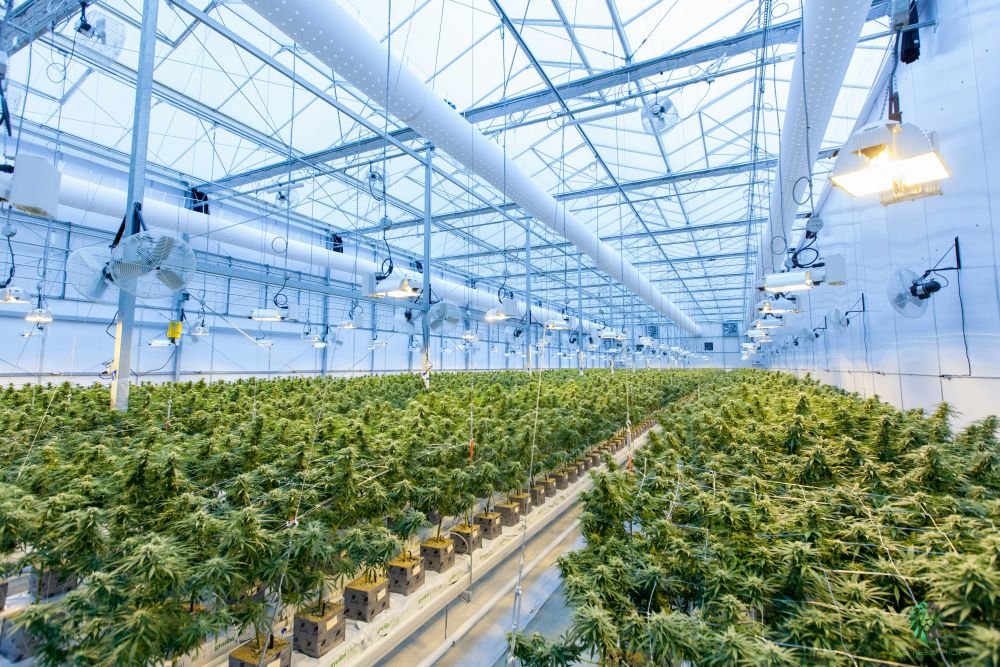Embarking on the journey of cultivating plants in a shed can be both exciting and challenging. Whether you’re a seasoned gardener or a beginner with a green thumb, optimizing the indoor environment is crucial for the success of your plants. From temperature regulation to adequate lighting, every aspect plays a vital role in nurturing healthy growth. Here are some tips to consider when setting up your shed for optimal plant cultivation.
Contents
Insulation Matters
When converting a shed into a growing space, insulation becomes your best friend. Foam board insulation provides a reliable buffer against external temperature fluctuations, helping to maintain a stable environment inside the shed. This insulation not only keeps the warmth inside during colder months but also prevents excessive heat from entering during summer, creating a comfortable atmosphere for your plants year-round.
Harness the Power of LED Grow Lights
Lighting is one of the most critical factors influencing plant growth indoors. Investing in quality LED grow lights is a game-changer for shed cultivation. LED lights not only provide the full spectrum of light necessary for photosynthesis but also emit less heat compared to traditional lighting sources. This feature helps in regulating the temperature within the shed, ensuring that it stays within the optimal range for plant growth.
Temperature Control
Maintaining the right temperature is essential for the health and productivity of your plants. While space heaters can offer warmth during colder months, it’s essential to complement them with insulation to retain heat effectively. Portable air conditioning units or fans come in handy for cooling the shed during hot periods. However, it’s crucial to strike a balance, as excessive cooling can hinder plant growth and development.
Beware of Humidity Levels
Humidity levels play a significant role in plant health, but they can be tricky to manage, especially in humid climates like Maryland. While evaporative coolers may seem like a viable option for cooling, they can increase humidity levels, which might not be ideal for certain plant species, especially during summers. Monitoring and regulating humidity levels using dehumidifiers or ventilation systems can help create a conducive environment for plant growth without risking excessive moisture.
Stay Adaptive
Cultivating plants in a shed requires adaptability and constant monitoring. Environmental conditions can vary, and it’s essential to be proactive in adjusting the setup accordingly. Regularly check temperature and humidity levels, observe plant behavior, and be prepared to make necessary modifications to optimize conditions for growth.
Conclusion
Converting a shed into a thriving indoor garden is a rewarding endeavor that requires careful planning and attention to detail. By incorporating insulation, LED grow lights, and effective temperature control measures, you can create an environment that fosters healthy plant growth year-round. Remember to stay vigilant, stay adaptable, and most importantly, enjoy the journey of nurturing your plants to their fullest potential. With the right strategies in place, you’ll be well on your way to a bountiful harvest right in your backyard shed.

